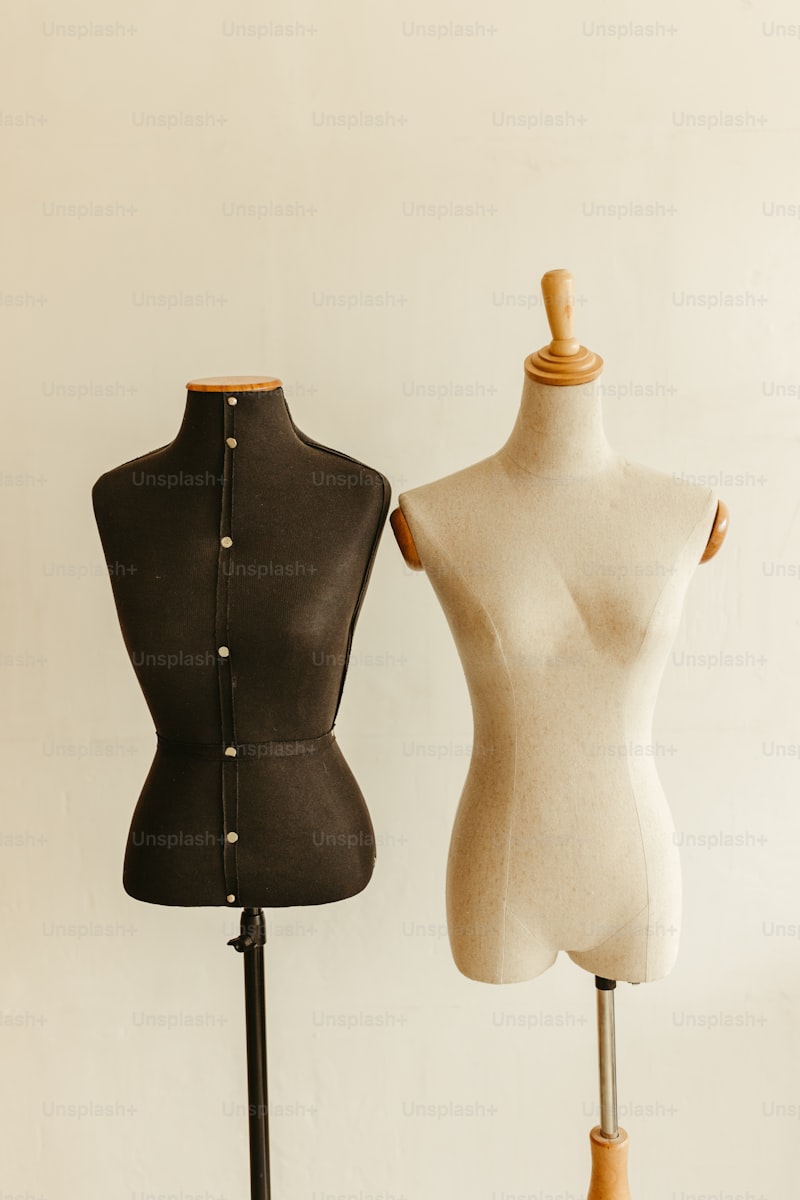Unlocking Style: Essential Guide to Dress Alterations for New Body Dimensions
Introduction to Dress Alterations
Our bodies naturally change over time, whether due to weight loss, pregnancy, or simply aging. Consequently, our clothing may not fit as well as it once did, leading many individuals to consider dress alterations. Dress alterations for new body dimensions is a vital service that can help you regain confidence in your wardrobe. In this article, we will explore the necessity and benefits of dress alterations, the types of alterations available, and tips for finding the right tailor.
Why Dress Alterations Are Important
Dress alterations are an essential aspect of fashion that can enhance the fit, comfort, and overall appearance of your attire. Here are several reasons why you might consider alterations:
- Fit Improvement: With proper alterations, you can achieve a perfect fit that flatters your body shape.
- Length Adjustment: Dresses may need length adjustments, particularly for those who prefer a specific hemline or have unique height requirements.
- Style Transformation: Alterations can refresh an old dress into a contemporary piece, allowing you to enjoy your wardrobe without the expense of buying new clothing.
- Emotional Connection: Sometimes, a dress holds sentimental value, and alterations can help it fit your new dimensions without losing its emotional significance.
Common Types of Dress Alterations
Understanding the various types of alterations can help you communicate your needs effectively with a tailor. Here are some common alteration types:
| Type of Alteration | Description |
| Hem Adjustments | Shortening or lengthening the hemline of a dress to achieve the desired length. |
| Tapering | Narrowing the width of a dress to create a more fitted silhouette. |
| Letting Out | Making a dress larger by releasing seams to accommodate weight gain. |
| Taking In | Decreasing the size of a dress to ensure a snug fit after weight loss. |
| Strap Adjustments | Lengthening or shortening shoulder straps for a better fit. |
| Adding Details | Incorporating elements like darts, pleats, or embellishments to enhance the overall design. |
Finding the Right Tailor
Not all tailors possess the same skill set; hence, finding the right one is crucial for quality dress alterations. Here are some tips to consider:
- Research: Look for local tailors with positive reviews and a portfolio showcasing their work.
- Specialization: Some tailors specialize in certain types of garments. Ensure that they have experience with dresses specifically.
- Consultation: Schedule a consultation to discuss your needs. A good tailor will listen and offer suggestions based on their expertise.
- Ask Questions: Inquire about the alteration process, timeline, and pricing to ensure transparency.
- Referral: Ask friends or family for recommendations. Personal experiences are a great way to gauge quality.
DIY Dress Alterations: A Practical Option
Should you consider taking the alterations into your own hands? Many individuals choose to do minor alterations themselves. Here are some straightforward alterations you can attempt:
- Hemming: Simple hand sewing or using fabric glue can provide a quick hem solution.
- Simple Tapering: If you're handy with a sewing machine, taking in side seams can be achieved with relative ease.
- Measuring: Use a measuring tape to assess the correct size before making any cuts.
Understanding Costs Associated with Alterations
When planning for dress alterations, it is essential to consider the costs involved. Here’s a breakdown:
| Type of Alteration | Typical Cost Range |
| Hem Adjustments | $15 - $50 |
| Tapering | $20 - $60 |
| Letting Out | $20 - $50 |
| Taking In | $30 - $75 |
| Strap Adjustments | $10 - $30 |
| Custom Alterations | $50 and up |
Fashion Tips Post-Alterations
Once you've had your dress altered, here's how to maximize your new look:
- Accessorize Smartly: Pair your dress with suitable accessories to enhance the new fit.
- Choose the Right Footwear: Comfortable shoes can accentuate the adjusted length of your dress.
- Be Bold with Layers: Use outer garments to complement your altered dress, adding depth to your outfit.
Conclusion: Embrace Your New Body Dimensions
Dress alterations for new body dimensions are not just about making the clothing fit; it’s about empowering you to embrace change and feel confident in every outfit. Whether you choose to visit a professional tailor or attempt some DIY adjustments, understanding the various alteration types, costs, and aftercare tips can help you navigate your fashion journey effectively. Remember, your wardrobe should continue to serve you, celebrating the body you have today.
Before proceeding with any alterations, always assess what you want and maintain open communication with your tailor. Your needs and preferences matter. With the right adjustments, you can transform your dresses into stunning pieces that suit your current style and body dimensions perfectly.
